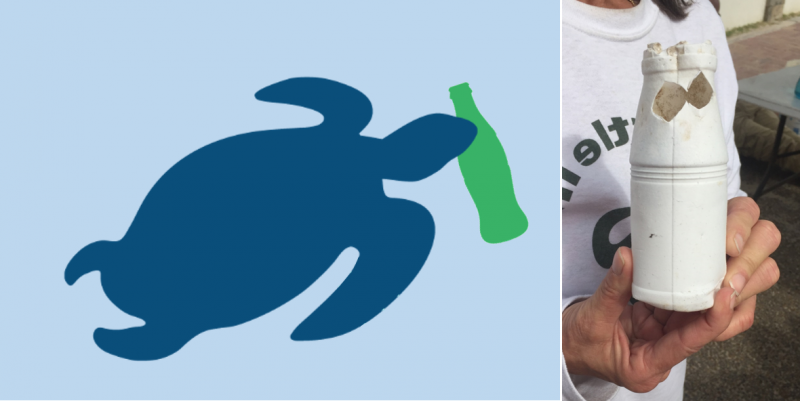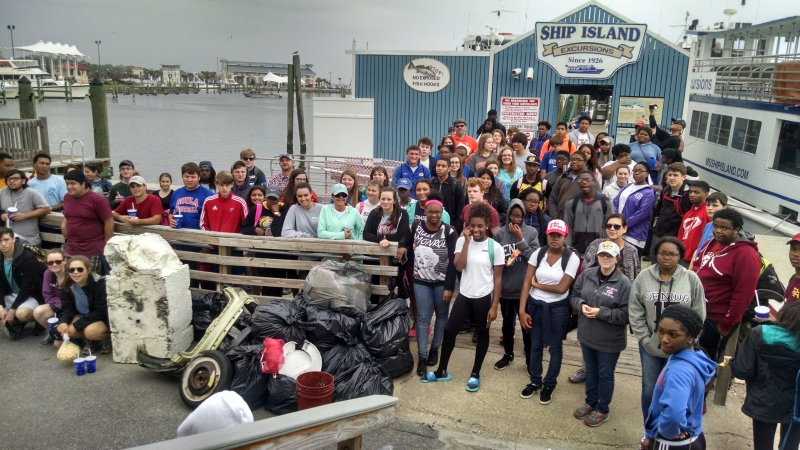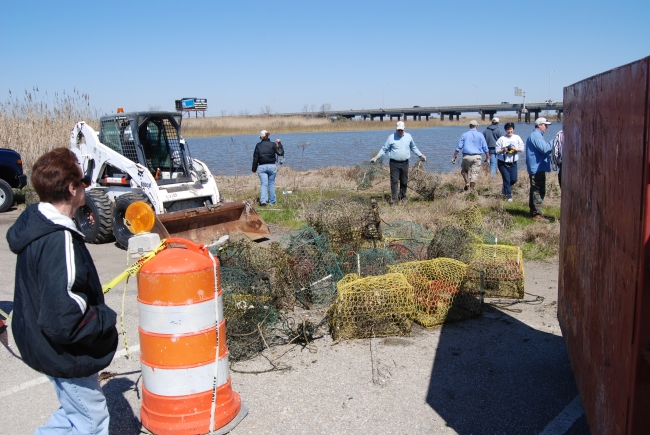
Marine debris is an issue throughout the country and unfortunately, the Gulf of Mexico is no different. To address this problem, we first must work to prevent trash from becoming marine debris and we do this through education and outreach. Unfortunately, there’s enough debris out there that we must also work to remove it. Check out some of the efforts currently underway to prevent and remove debris in the Gulf:
Sea Turtle, Inc. is working to prevent marine debris by developing bilingual signage on South Padre Island, Texas. They’re also developing a display and educational programs for students to learn about marine debris, its impacts on wildlife (like sea turtles), and the ways we can help prevent it. For more on this project, check out the project profile on our website.

Ship Island Excursions is also working to prevent marine debris in the Gulf by educating students and community members in Southern Mississippi. As part of this project, they are providing marine debris education to coastal Mississippi students and providing outreach to passengers aboard the Ship Island Ferry through an interactive kiosk, signage, and marine educators and student ambassadors. For more on this project, check out the project profile on our website.

To address the debris that’s already in our waters and on our shores, the Alabama Department of Conservation and Natural Resources is monitoring and removing derelict crab traps in Southern Alabama. They are leading three volunteer removal programs to remove and dispose of derelict crab traps, identifying and counting the animals that have been inadvertently caught by the traps, and monitoring the area to assess the removal efforts. For more information on this project, check out the project profile on our website.
Also working to remove marine debris from the Gulf of Mexico is the Galveston Bay Foundation. They are working to improve habitat and access to Galveston Bay by removing large debris items such as abandoned and derelict vessels from Chocolate Bayou, Texas. For more on this project, check out the project profile on our website.

There are lots of cool things going on in the Gulf of Mexico! Keep your eye on our blog this week for more, and check out our website for more interesting marine debris projects in the Gulf and throughout the country!


